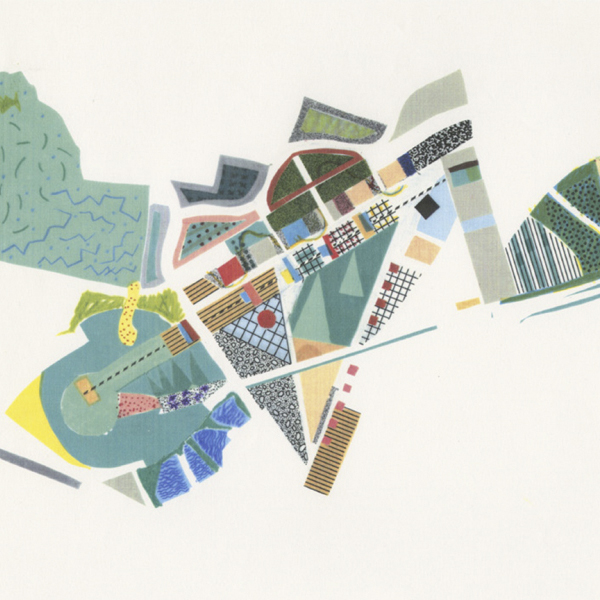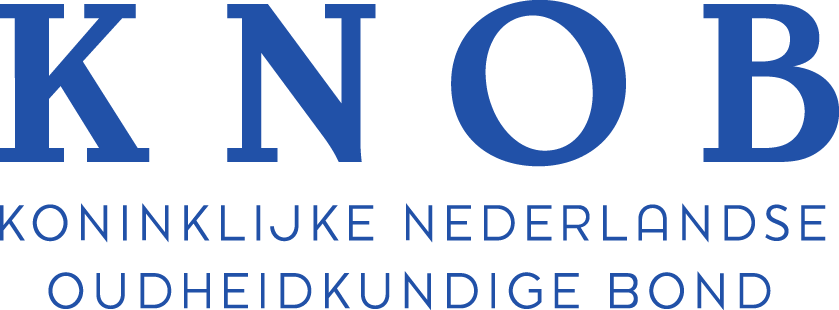Downloads
DOI:
https://doi.org/10.7480/overholland.2015.16/17.1709Abstract
For the last twenty years, many European cities have used the construction of high-speed lines (HSL) and the associated intermodal railway stations as a catalyst for urban renewal projects. This phenomenon started with the ‘Euralille’ project, designed by the Dutch architect Rem Koolhaas at the end of the eighties and built in 1995.The project is part of a group of major French projects such as the central business districts: La Défense in Paris and La PartDieu in Lyon, which are characterised by infrastructural interventions as the basis for urban renewal. France was the first country in Europe – back in the seventies – to invest in developing highs-peed lines; their TGV (train à grande vitesse) became the role model for comparable developments in other countries. The Euralille Metropole grand projet (as these major projects were known) provided a context for upgrading the Lille-Flandres terminal (with regional railways and TGV services to Paris), constructing Lille-Europe (with international HSL services) and the provision of car parking, links to the metro network and urban amenities.
How to Cite
Published
Issue
Section
License
Copyright (c) 2015 OverHolland

This work is licensed under a Creative Commons Attribution 4.0 International License.




